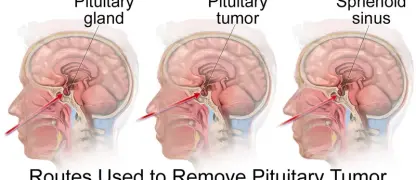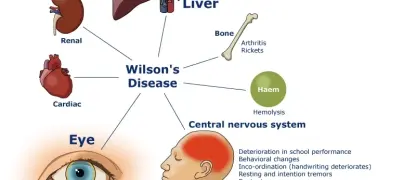For parents of newborns, understanding rare conditions like galactosemia is crucial. Early detection through newborn screening can prevent life-threatening complications, making this knowledge absolutely essential for your child's health and future.
What are the main causes of Galactosemia?
- Galactosemia is an inherited genetic disorder, meaning it is passed from parents to their children through mutated genes affecting enzyme production.
- The most severe form, classic galactosemia, is caused by a profound deficiency of the enzyme galactose-1-phosphate uridylyltransferase, also known as GALT.
- Without the necessary enzyme, the sugar galactose builds up in the blood to toxic levels, which can damage the liver, brain, and eyes.

Key symptoms of Galactosemia to watch for
- Key galactosemia symptoms in infants include poor feeding, lethargy, vomiting, and jaundice, which is the yellowing of the skin and eyes.
- The toxic buildup of galactose can quickly lead to an enlarged liver and severe liver damage if the condition is not diagnosed and treated promptly.
- Cataracts, or a clouding of the eye's lens, can develop within the first few days or weeks of life in untreated infants with the disorder.
>>> Learn more at: Graves' disease - The most common cause of hyperthyroidism
How can you prevent Galactosemia effectively?
- Since it is a genetic condition, prevention is not possible, but prospective parents with a family history can seek genetic counseling for guidance.
- The most effective tool for preventing complications is mandatory newborn screening, which can detect the disorder before severe symptoms begin to appear.
- Once diagnosed, severe health problems are prevented by immediately starting the infant on a strict galactose-free diet, avoiding all milk products.
>>> Add more knowledge: Hashimoto's thyroiditis - The autoimmune cause of hypothyroidism
The top Galactosemia images everyone is searching for
-

The biochemical pathway affected by GALT deficiency 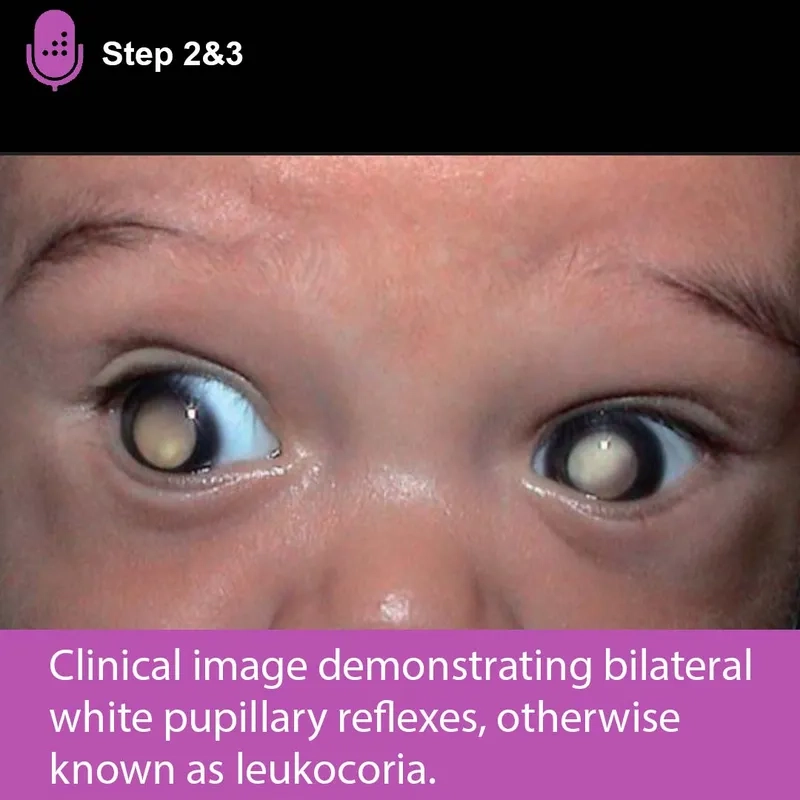
A flowchart of the galactosemia diagnosis process 
A list of foods to avoid with these dietary restrictions 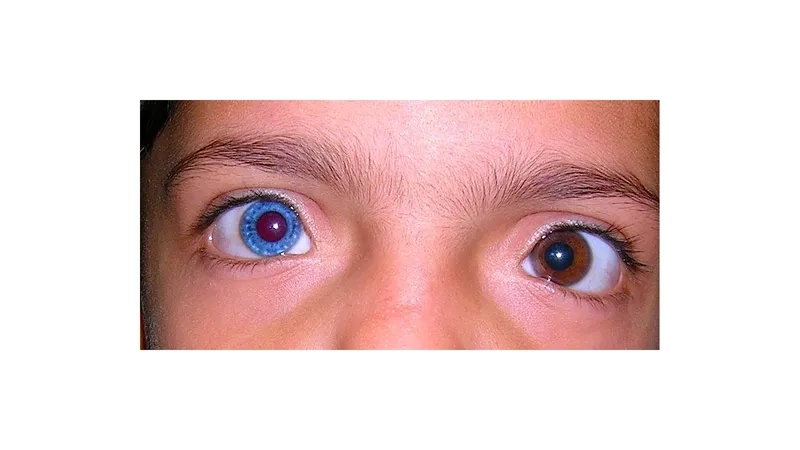
Signs of galactosemia in infants to watch for 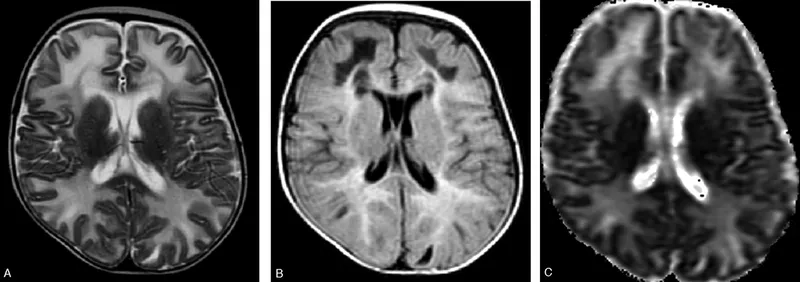
The genetic inheritance pattern of classic galactosemia 
A diagram explaining GALT deficiency in the body 
A photo of a heel prick for newborn screening 
A guide to the recommended galactose-free diet
Early diagnosis and strict dietary restrictions are the cornerstones of managing galactosemia. If you have concerns, speak with a pediatrician or genetic counselor to get accurate information and ensure the best possible outcome for your child.
>>> Read to understand more: Hemochromatosis - The risks of iron overload in your body


